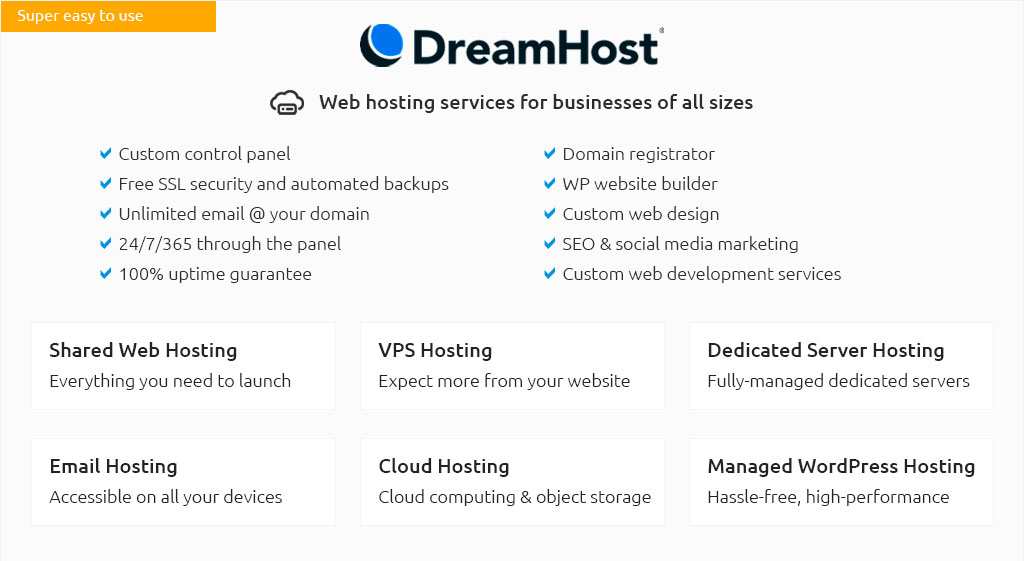 |
|||
 |
 |
 |
|
 |
|
 |
 |
 |
|||
 |
|||
 |
|||
 |
|||
 |
 |
|
Dive into the ultimate guide to web hosting reviews, where we dissect the formidable AWS cloud hosting cost, unraveling the mysteries behind its pricing structure to empower your business decisions; whether you're a tech novice or a seasoned pro, our comprehensive analysis cuts through the noise, offering you clear, unbiased insights to help you harness the power of AWS without breaking the bank-because understanding your hosting options shouldn't feel like decoding a complex algorithm, and your success deserves the best foundation possible.
https://www.spiceworks.com/tech/cloud/articles/aws-basics/
Amazon Cloud Directory: $0.25 per GB for storage. The pricing will vary as per your selected data center region. For specific details, companies can refer to ... https://www.youtube.com/watch?v=kK-iR6g-V1g
I was tired of all the pushback about cost I was getting, decided to rant about it. AWS is cheaper in the literal dollar per compute sense, ... https://aws.amazon.com/cloud-directory/pricing/
Amazon Cloud Directory Pricing ; $2.25. 10 total GBs allocated 1 free tier GB = 9 billable GBs. 9 GB x $0.25 per GB = $2.25 per month - $0.44 ; $2.50. 10 GB x ...
|